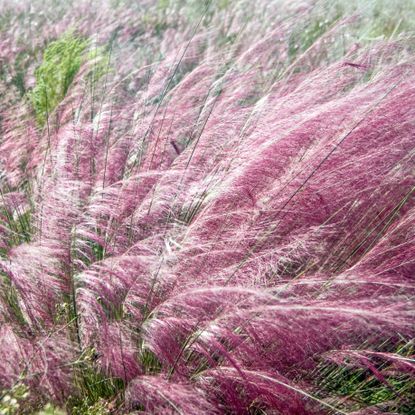Ornamental Grass
What is ornamental grass? This plant family boasts a huge variety of graceful, low-maintenance grasses that add a wealth of texture and movement to the landscape, in colors ranging from soft pink to bright green or intense purple. Some hardy ornamental grasses are suitable for the coldest climates, while others tolerate intense summer heat or salty air and windy coastal conditions. Our large collection of articles will help you select, grow and care for ornamental grass in the garden.
-
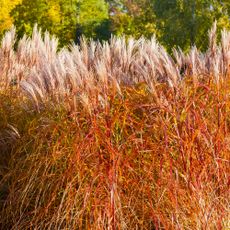
7 Ornamental Grasses for Stunning Fall Color and Lasting Beauty All Year Round
Beautiful autumn foliage isn't limited to trees. Plant these ornamental grasses for fabulous fall color and year-round appeal.
By Mary Ellen Ellis
-
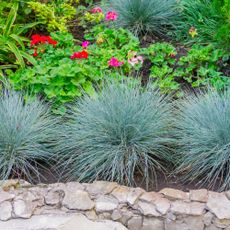
6 Blue Ornamental Grasses That Will Wow Your Neighbors And Add A Unique Touch To Your Landscape
Choosing a blue ornamental grass can dress up borders and yards with striking color that changes with the seasons.
By Susan Albert
-
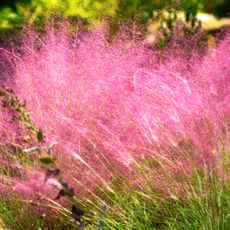
Unique Ornamental Native Grasses: 7 Decorative Natives For Structure And Style
Textured grass is an easy way to amplify garden dynamics, but not all grasses are suited to every region. Try one of these ornamental native grasses for the perfect feathery fit
By Tonya Barnett
-
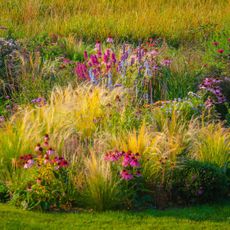
7 Ornamental Grasses For Gorgeous Texture And Soothing Sounds
Think outside the turf box and consider beautiful ornamental grasses. They'll add dramatic effects to any landscape or garden.
By Teo Spengler
-
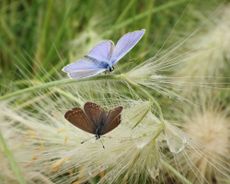
6 Beautiful Ornamental Grasses That Pollinators Love
Ornamental grasses add softness and texture to a garden, but they can provide additional value in enticing precious pollinators. Discover the best varieties to support nature in your yard.
By Mary Ellen Ellis
-
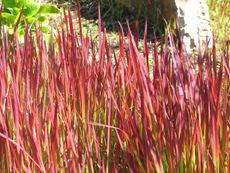
Killing Ornamental Grass & Tips For Invasive Ornamental Grass Control
Ornamental grasses have a diversity of form, color, and plumes, and they sound nice rustling in the winds, but some can become invasive.
By Bonnie L. Grant
-
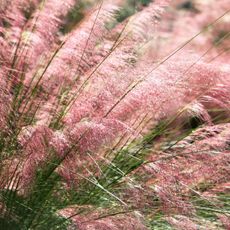
Care For Muhlenbergia: How To Grow Pink Muhly Grass
Pink muhly grass care couldn’t be simpler - like most native plants, it is low maintenance and wonderfully easy to grow. This warm-season grass is a total delight in the right landscape.
By Teo Spengler
-
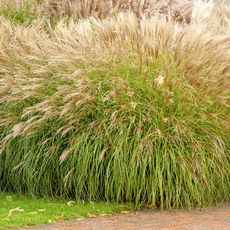
Ornamental Grasses: A Must-Have For Every Landscape
Dramatic and decorative ornamental grasses have become popular substitutes for turf grass.
By Liz Baessler
-
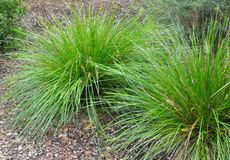
Propagating Decorative Grasses: How To Propagate Ornamental Grass
In most cases, dividing ornamental grasses is recommended every few years once they are established. You can also reproduce more plants with seeds. Learn more about propagating these grasses in this article. Click here.
By Bonnie L. Grant
-
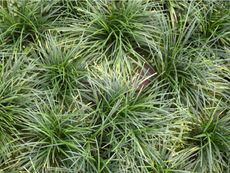
Types Of Dwarf Ornamental Grass – Tips For Growing Short Ornamental Grasses
Many types of ornamental grasses are too large for small to midsize yards. However, there are many types of dwarf ornamental grass that fit nicely into a smaller garden but provide all the benefits of their full-size cousins. Learn a little more about short ornamental grasses here.
By Mary H. Dyer
-
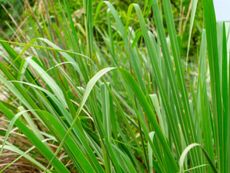
What Is Gamagrass – How To Plant Eastern Gamagrass Seed
Eastern gamagrass plants are native to the eastern U.S. As a grass for forage or hay, it is highly productive and easy to grow.
By Mary Ellen Ellis
-
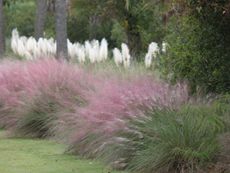
Sensational Borders With Ornamental Grass
Beautiful ornamental grasses lend color, texture and interest in any garden space, and are especially attractive in borders.
By Nikki Tilley
-
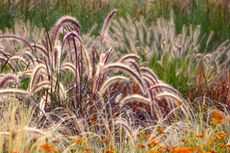
Ornamental Grass Feeding Needs: Do Ornamental Grasses Need Fertilizing
Ornamental grasses are low maintenance perennials that add interest to the landscape year round. Because they require minimal care, a reasonable question to ask is “do ornamental grasses need fertilizing?” If so, what are their feeding needs? Find out in this article.
By Amy Grant
-
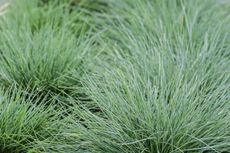
Small Ornamental Grass Varieties: Learn About Popular Short Ornamental Grasses
Although large clumps of ornamental grass are impressive, low growing grasses can be just as stunning. They are easy to grow, low maintenance, and come in a wide array of varieties. To learn about the most popular short ornamental grasses, click here.
By Mary H. Dyer
-
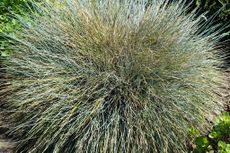
Ornamental Grass Center Is Dying: What To Do With A Dead Center In Ornamental Grass
If you notice the centers dying in ornamental grass, it just means the plant is getting older and a little tired. A dead center in ornamental grass is typical when plants have been around for a while. This article will help with fixing ornamental grass dying in the middle.
By Mary H. Dyer
-
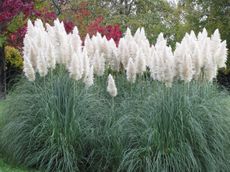
Pruning Ornamental Grasses – Does Ornamental Grass Need Pruning
Ornamental grasses are an interesting, low-maintenance addition to the landscape. Limited care and ornamental grass pruning are mainly all that’s needed to keep them attractive. This article covers tips for pruning ornamental grass. Click here to learn more.
By Becca Badgett
-
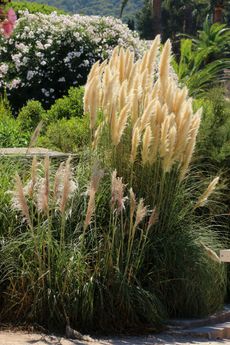
Ornamental Grass Division: When And How To Divide Ornamental Grass
If you have more time than money and like growing your own landscape plants, try ornamental grass division. Most landscapes have an area, or even several spots, where some type of grass would look perfect. Learn when and how to divide ornamental grasses here.
By Becca Badgett
